Take a World Heritage rail journey through UK, France, Belgium and Germany
Eurail has created itineraries connecting the World Heritage sites featured in VisitWorldHeritage.com.
1. Palace and Park of Versailles, France
The Palace and Park of Versailles was the principal residence of the French kings from the time of Louis XIV to Louis XVI, and it also used to be the political centre of France. Its layout and architectural style is a fine example of many royal palaces and gardens in Europe in the 17th and 18th centuries. Versailles is a graceful and magnificent classical royal architectural complex, which is a lustrous pearl in the treasure house of culture and art that human kind offers. The exterior of the palace is magnificent and the furnishings and decorations of its interior are aesthetically appealing.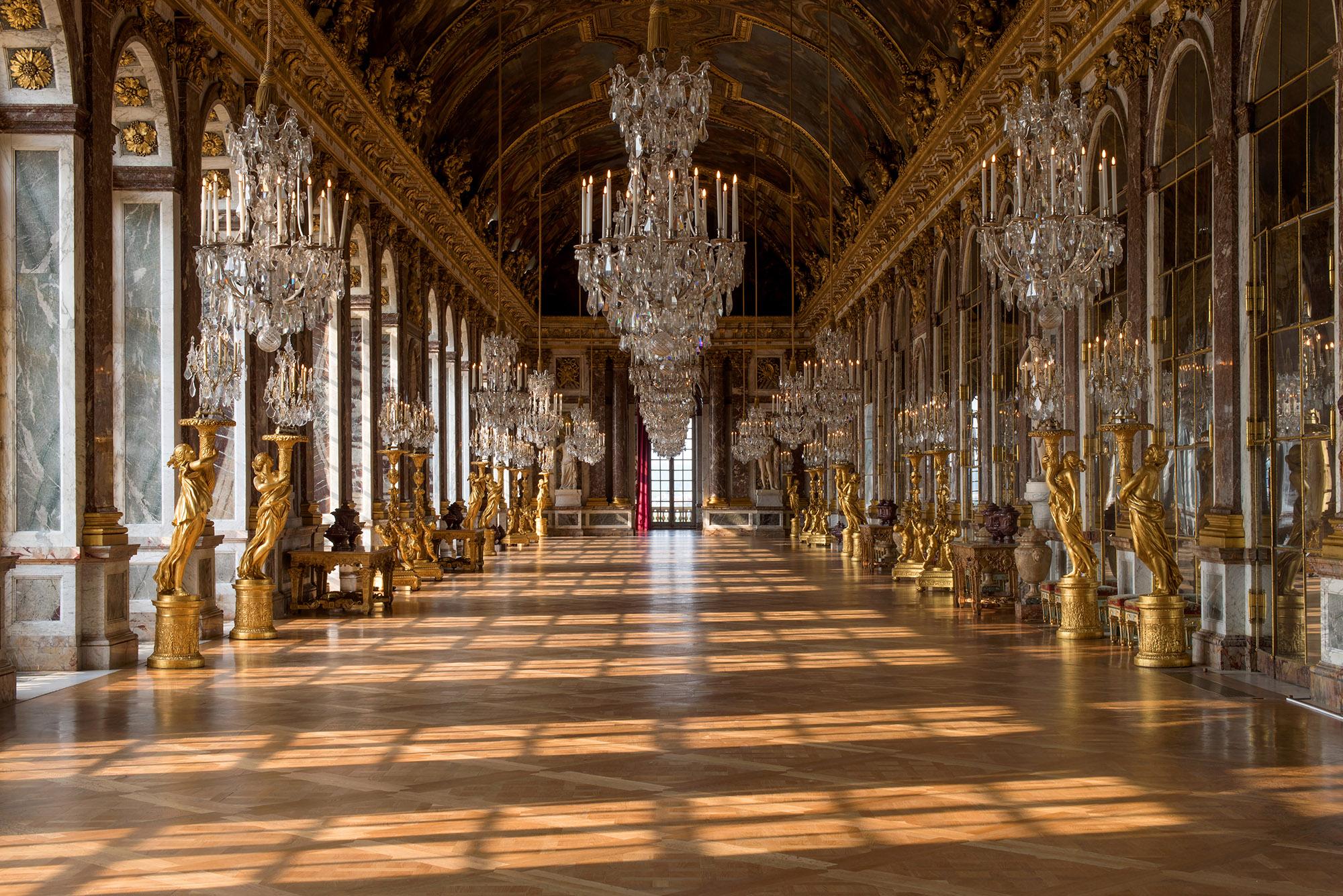
It takes about 5 hours passing through Paris and you need to take a bus halfway.
2. Mont-Saint-Michel and its Bay, France
Mont-Saint-Michel is a well-known heritage site and a major place of Catholic pilgrimage in France. It is located in a small island in the Manche and about two kilometers off the coast. It is one of the holiest places of the Catholic religion. It is also a place with a long history and beautiful natural scenery. Mont-Saint-Michel is a medieval architectural complex made up of rocks, houses, walls, castles and monasteries, combining the ingenuity of nature and the wisdom and perseverance of human beings. Saint-Malo Bay stands out for its rapid and strong tide. Over the centuries, Mont-Saint-Michel has stood by the sea and experienced the tide rising and falling.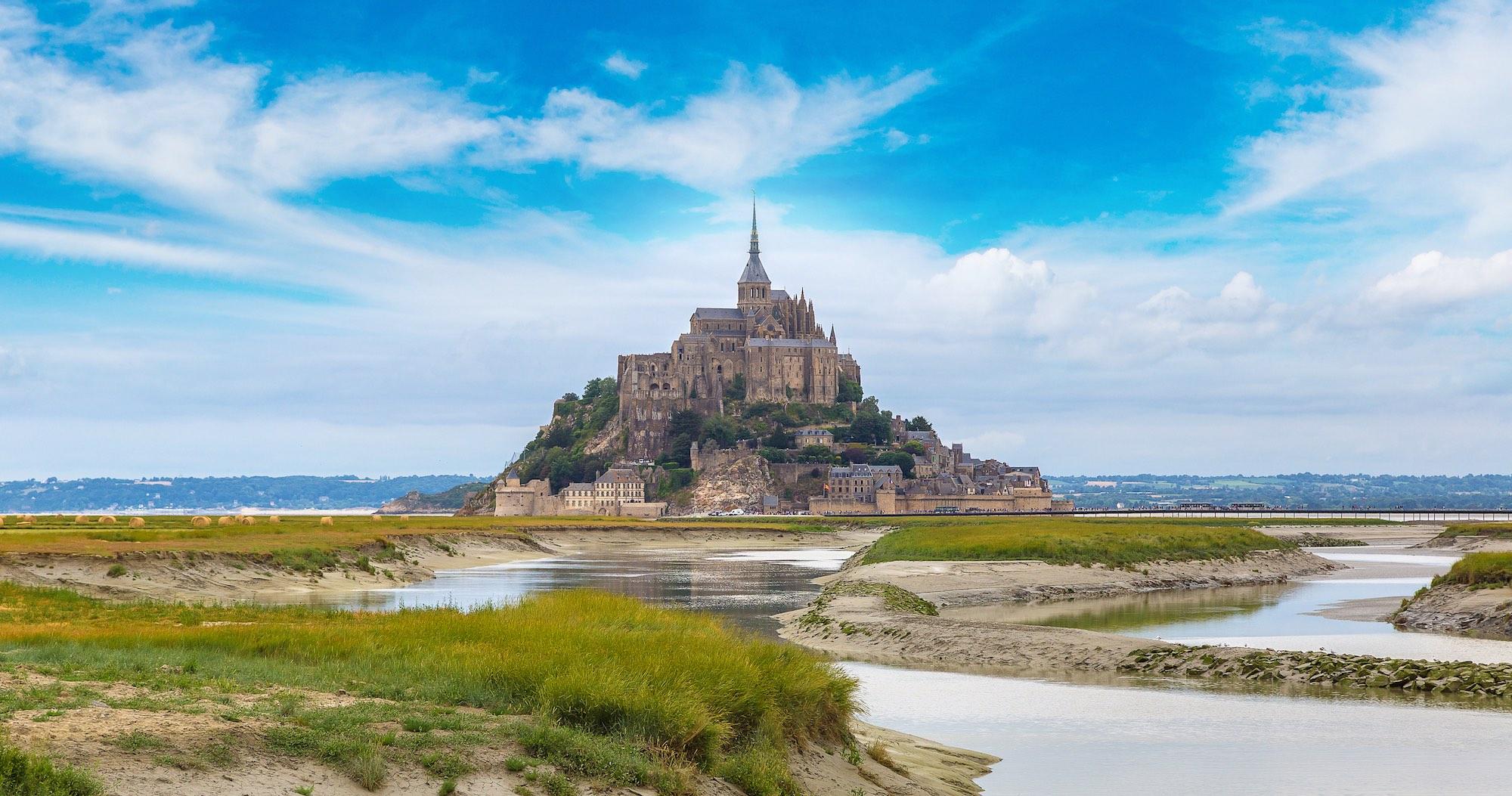
Mont-Saint-Michel is 5 hours from Paris and Paris is 3.5 hours from London.
3. Royal Botanic Gardens, Kew, United Kingdom
The Royal Botanic Gardens is located in Kew on the Thames and officially became the Royal Botanic Gardens in 1841, covering an area of 300 acres. The architectural style of Kew is just like its diverse plant species. It is not just European but inspired by various different places. The Royal Botanic Gardens at Kew perfectly represent the most glorious stage of garden art from the 18th to the 20th century. The vast collection of botanic, living plants and literature on plants, is the result of centuries of collection.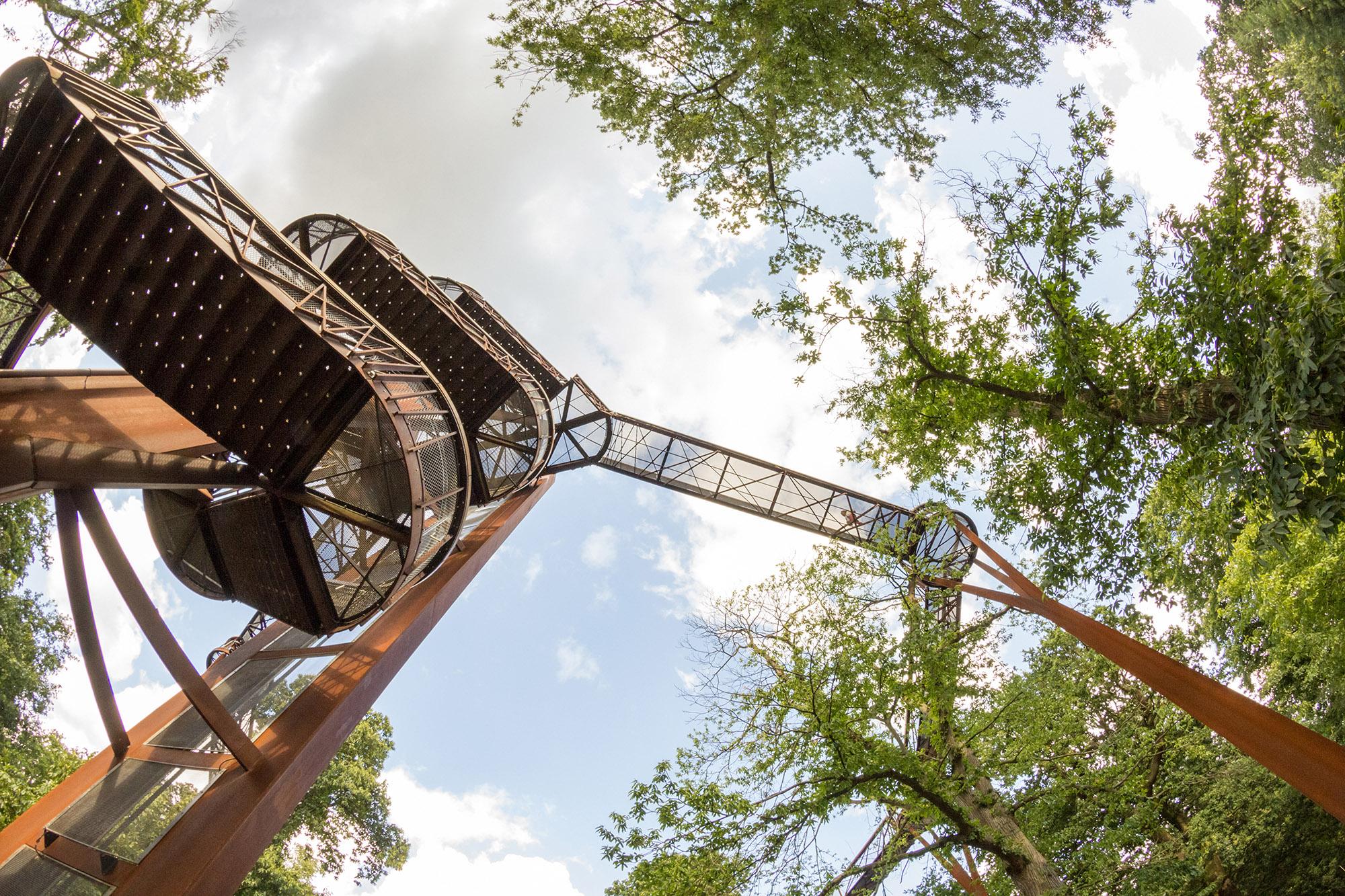
It takes about 5.5 hours.
4. Champagne Hillsides, Houses, and Cellars, France
Less than 200 km east of Paris, the Champagne region is one of the three most famous wine regions in France (Bordeaux, Burgundy and Champagne). According to the French law, only the wines produced in the Champagne region can be called Champagne, and the similar wines produced in other regions should be called “sparkling wine”. Wandering through the vineyards, you can taste the authentic Champagne anytime you want.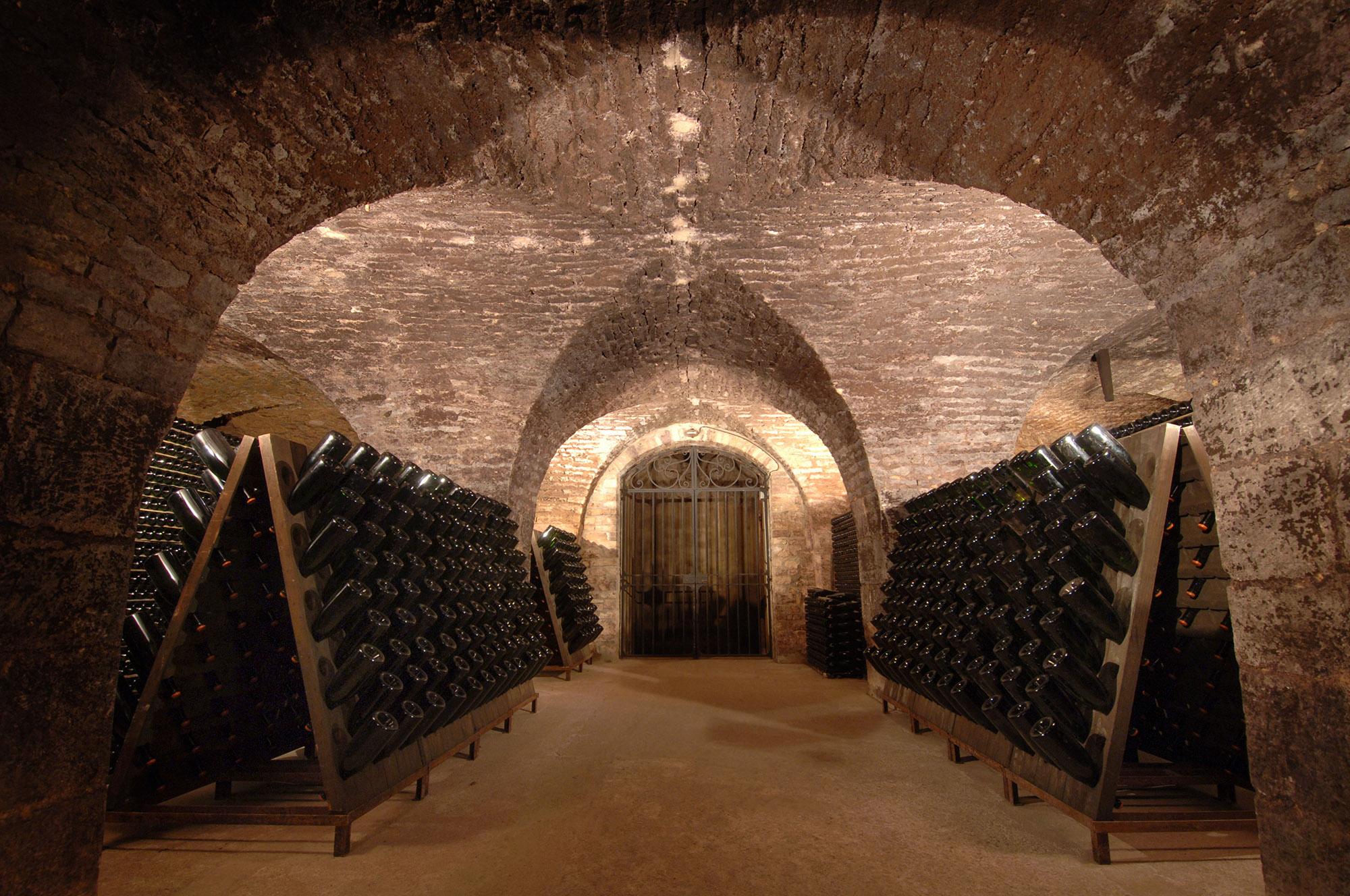
It takes about 3h45.
5. Nord-Pas de Calais Mining Basin, France
The Nord-Pas de Calais Mining Basin has witnessed the efforts to build the model workers’ city from the 19th century to 1960, and undertook the most meaningful period of the European industrial era. Because of their bad living conditions, the workers became more and more united. UNESCO believes that the Mining Basin has “organically evolved” into a cultural landscape, which is a unique geographical area combining human beings and nature.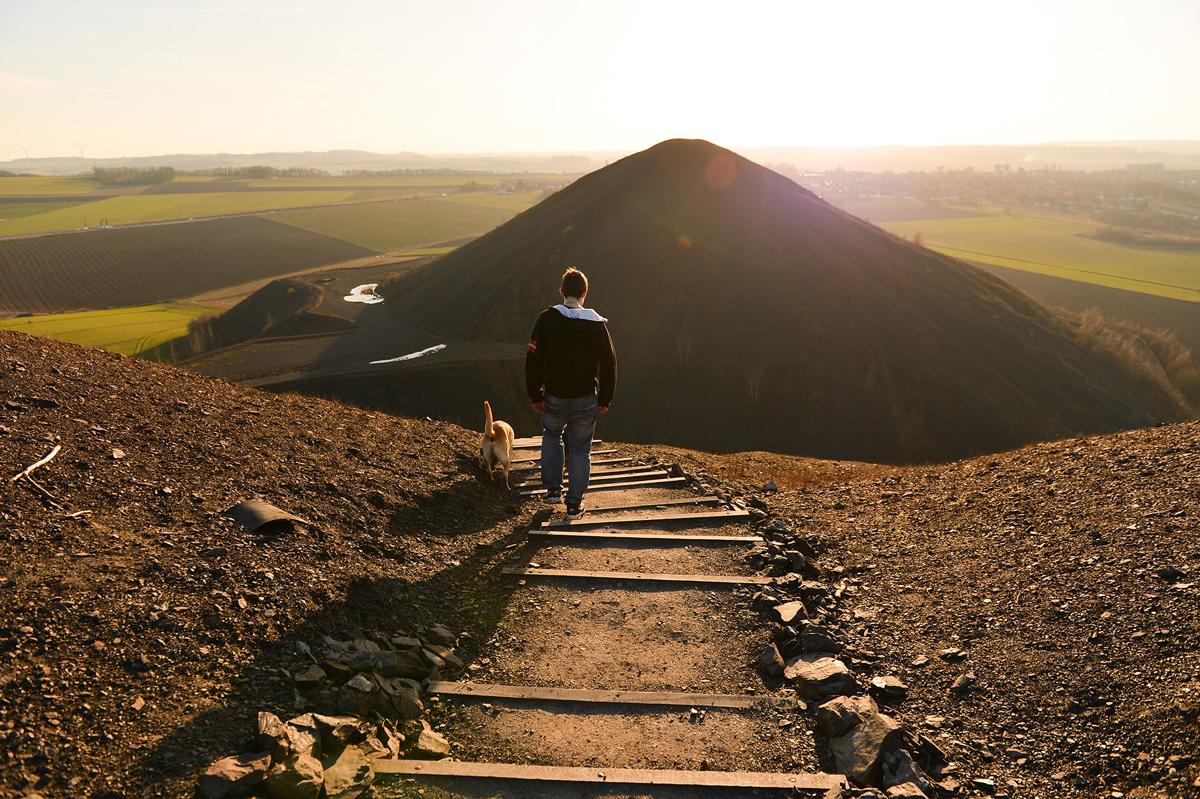
6. Bruges Historic Centre, Belgium
The Bruges Historic Centre located in Belgium, is a typical medieval city with a large number of buildings dating back from centuries. Early Gothic architecture has become a part of this city’s identity. There are a lot of staggered alleys and squares. The Burg and the Grand-Place are both famous squares here. Wander through the city and explore the medieval architecture.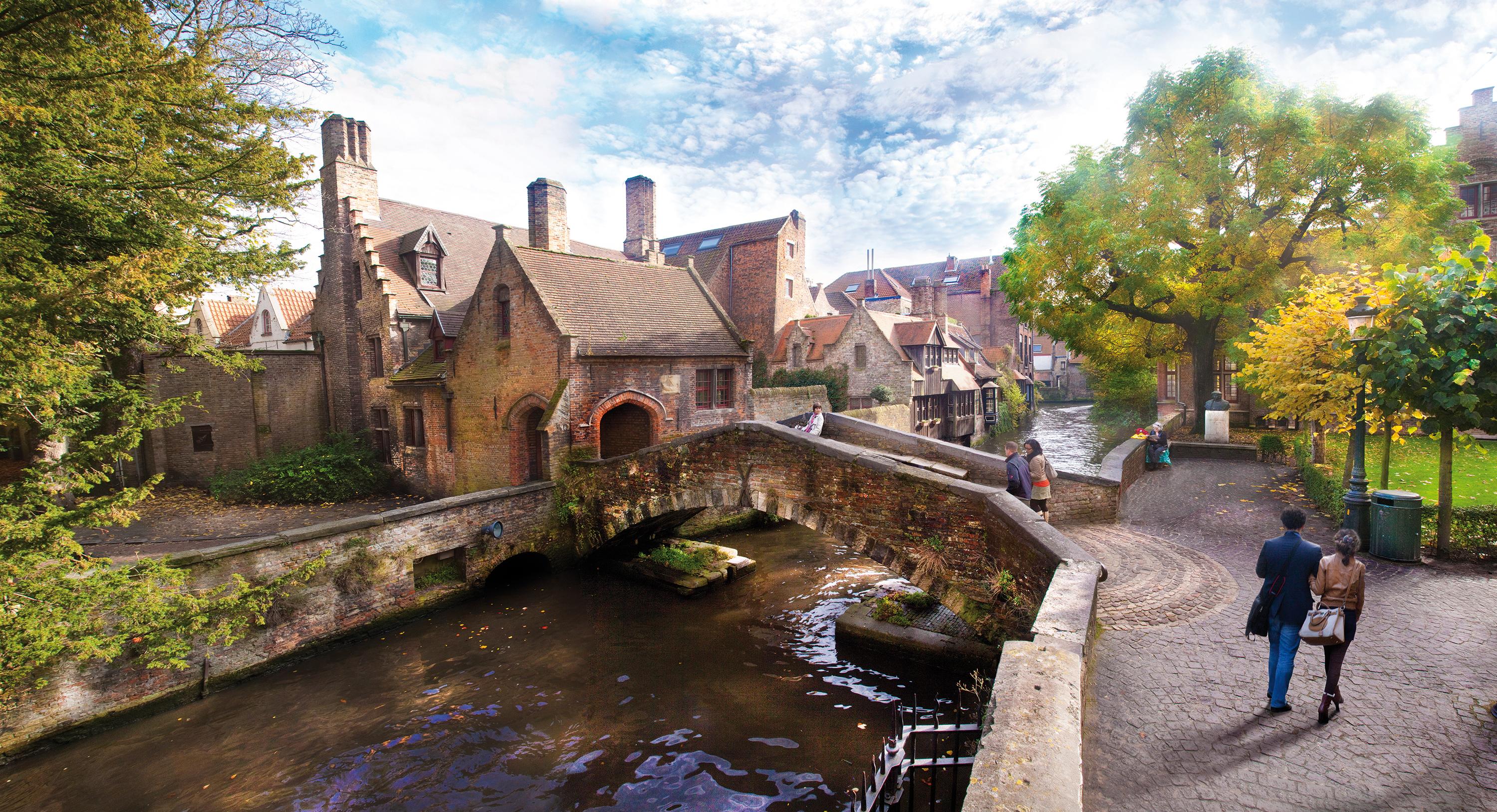
It takes about 2 hours.
7. Major Mining Sites of Wallonia, Belgium
In the second Industrial Revolution in the 18th century, mining and heavy industry became a major part of the Belgian economy. Since the second half of the 20th century, the coal resources gradually depleted and the focus of Wallonia’s industry turned to other industries, resulting in the decline of the coal industry. The Major Mining Sites of Wallonia is full of the Utopian architecture of the early days of the European Industrial Revolution. The various mining machines with different uses broaden the visitors’ knowledge. The mines retain the complete infrastructure of the past, and people can imagine the lively and busy production scenes at that time and learn more about the development of the Industrial Revolution of the 17th century.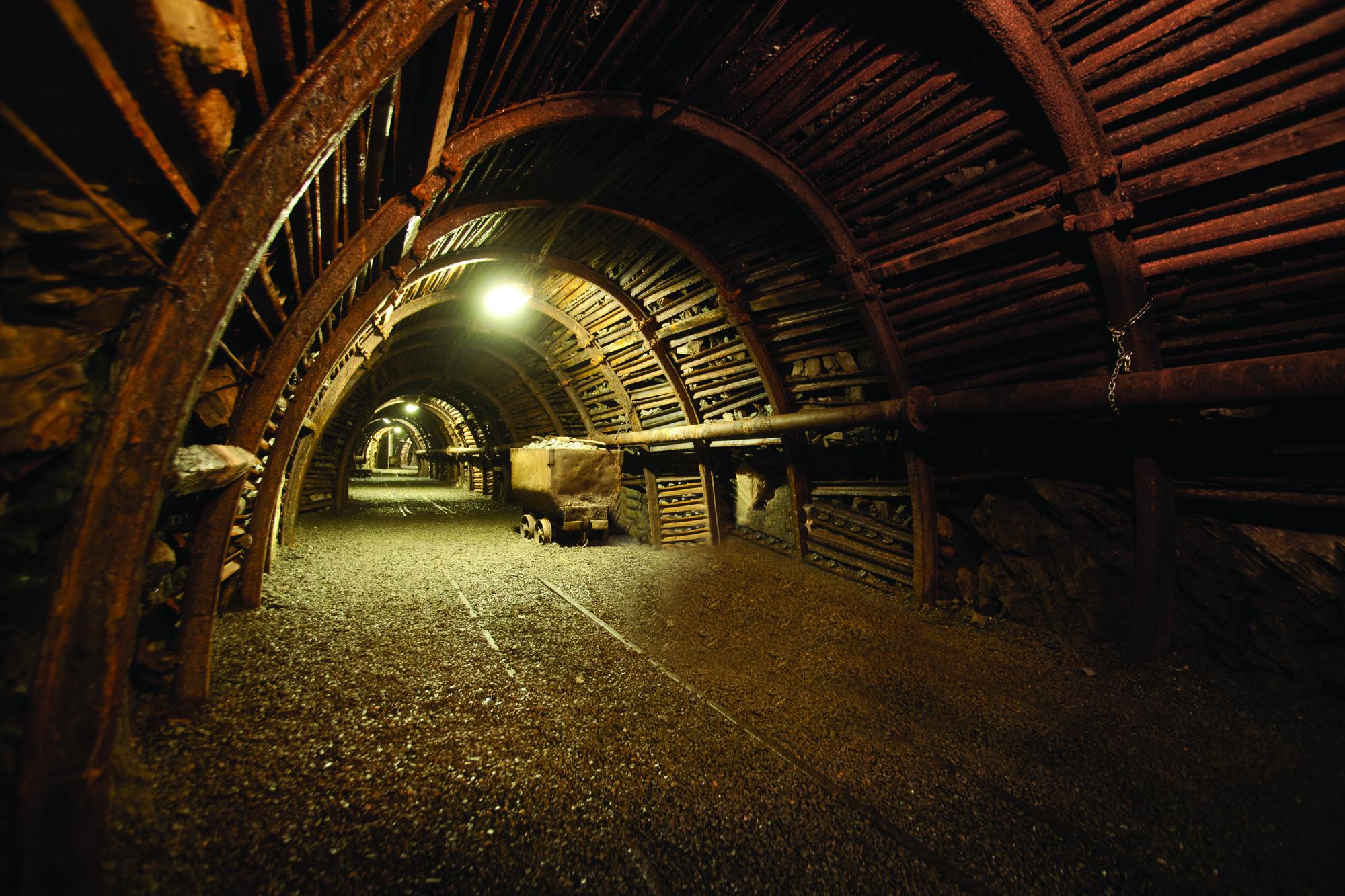
Pass by Luxembourg.
8. Roman Monuments, Cathedral of St. Peter and Church of Our Lady in Trier, Germany
Trier is one of the oldest cities in Germany, and the Church of Our Lady perfectly represents the style of early Gothic architecture. It combines the architectural styles of Germany and France. These exquisite buildings and the sculptures in different kinds of museums are well preserved after more than 2,000 years, showing that even the long history can’t hide the splendor of the past.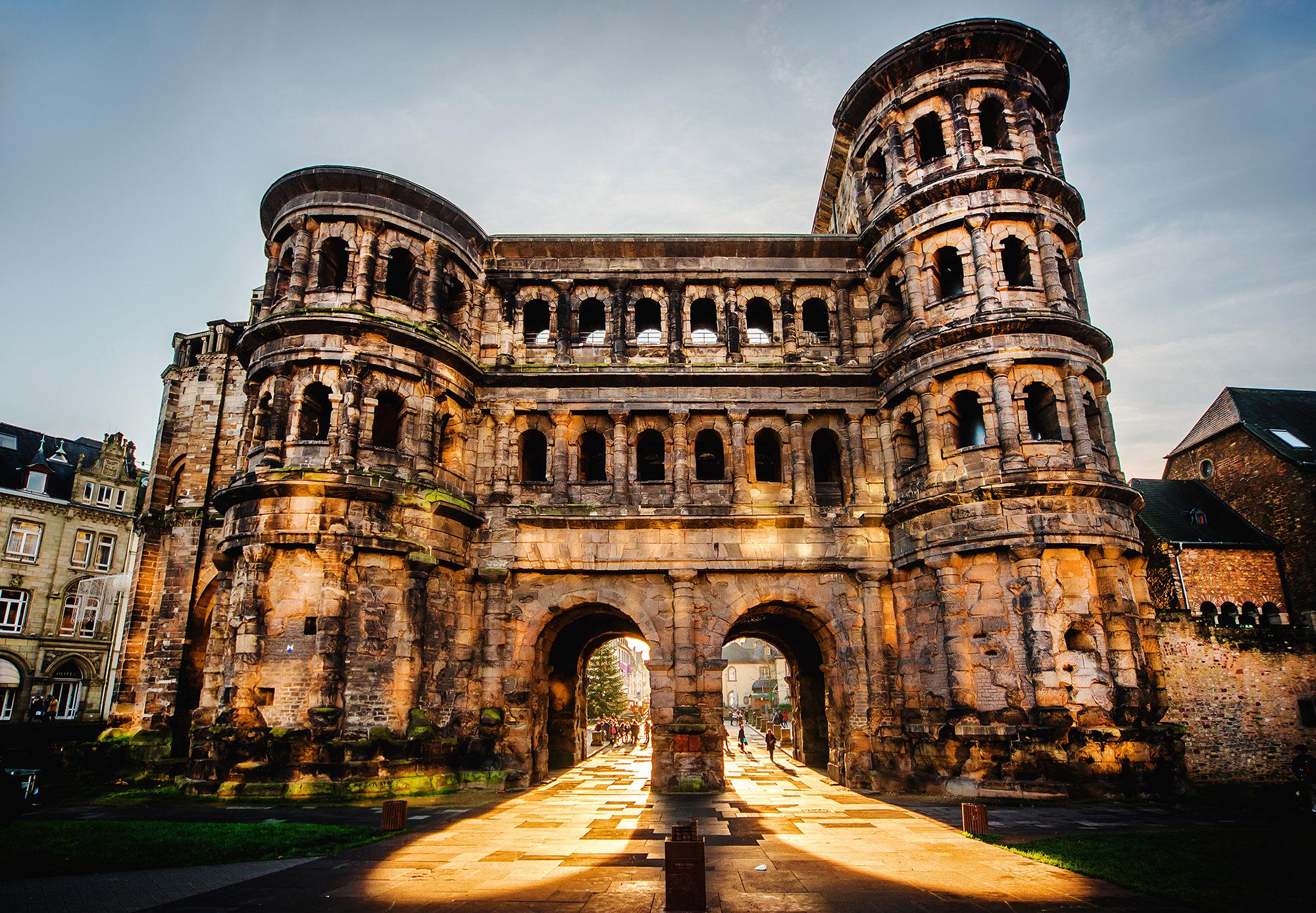
It takes about 1h45.
9. Upper Middle Rhine Valley, Germany
The Rhine is the longest river in Germany with a total length of 1,320 kilometers. It begins in Switzerland and flows through, Germany, France and the Netherlands. There are 867 kilometers in Germany. The evocative voyage from Mainz to Koblenz in Germany has been a favorite for travellers, which is in the Upper Middle Rhine Valley with vineyards on the slopes of the riverbanks. The castles, historical towns and vineyards draw a vivid picture of the rich history of the region, with the changing natural environment. There are many historical events and legends, inspiring countless writers, painters and musicians for centuries.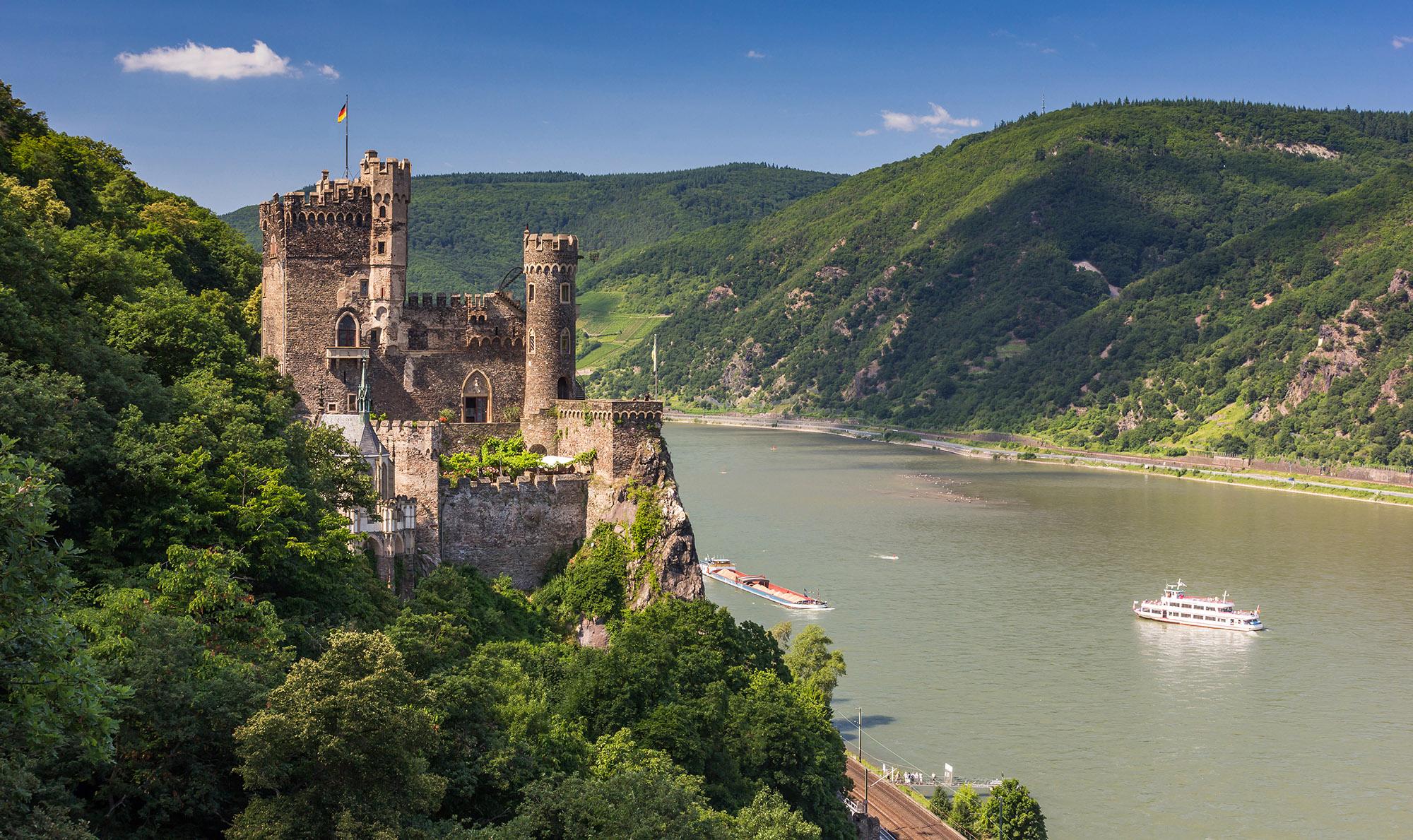
It takes about 2h0 via Koblenz.
10. Zollverein Coal Mine Industrial Complex, Germany
Zollverein Coal Mine was built in 1847. It is a historic industrial memorial building and witnessed the development of the Ruhr Industrial Complex based on the coal industry. This fascinating industrial complex represents the evolution and decline of the coal industry that used to be a local pillar industry for the past 150 years. Today, the old mine complex has converted into a haven for technology and art.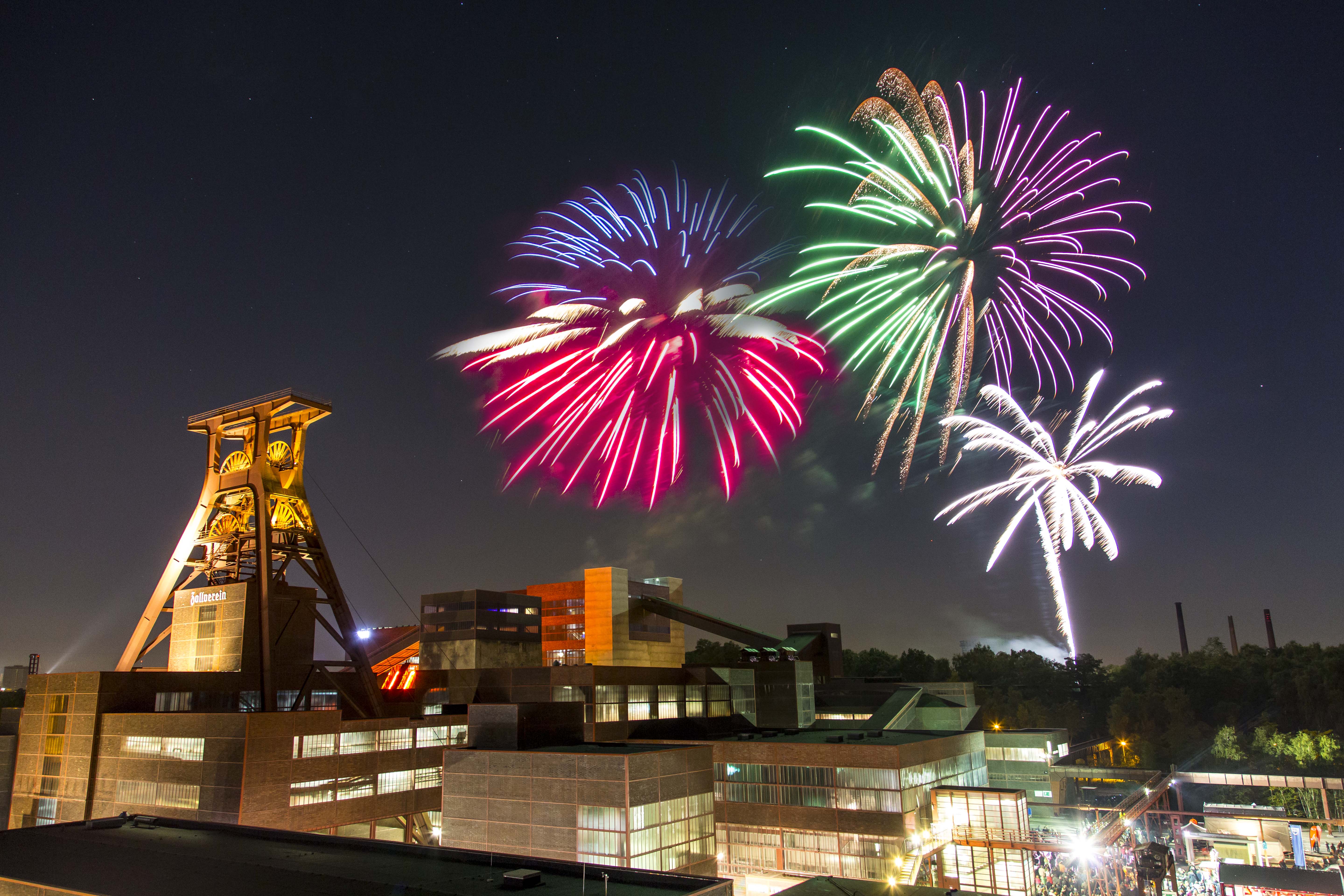
It takes about 3.5 hours.
11. Mines of Rammelsberg, Historic Town of Goslar, and Upper Harz Water Management System, Germany
The Rammelsberg mines ran since 968 and the main minerals are lead, copper, tin and silver. The historic town of Goslar was built based on the minerals in the 1930s because of the importance of the war. The Rammelsberg mines lost their economic position and closed in 1988. The long mining history among other reasons, paved the way for the inclusion of the Rammelsberg mines on UNESCO’s World Heritage List. Today, it runs as a museum.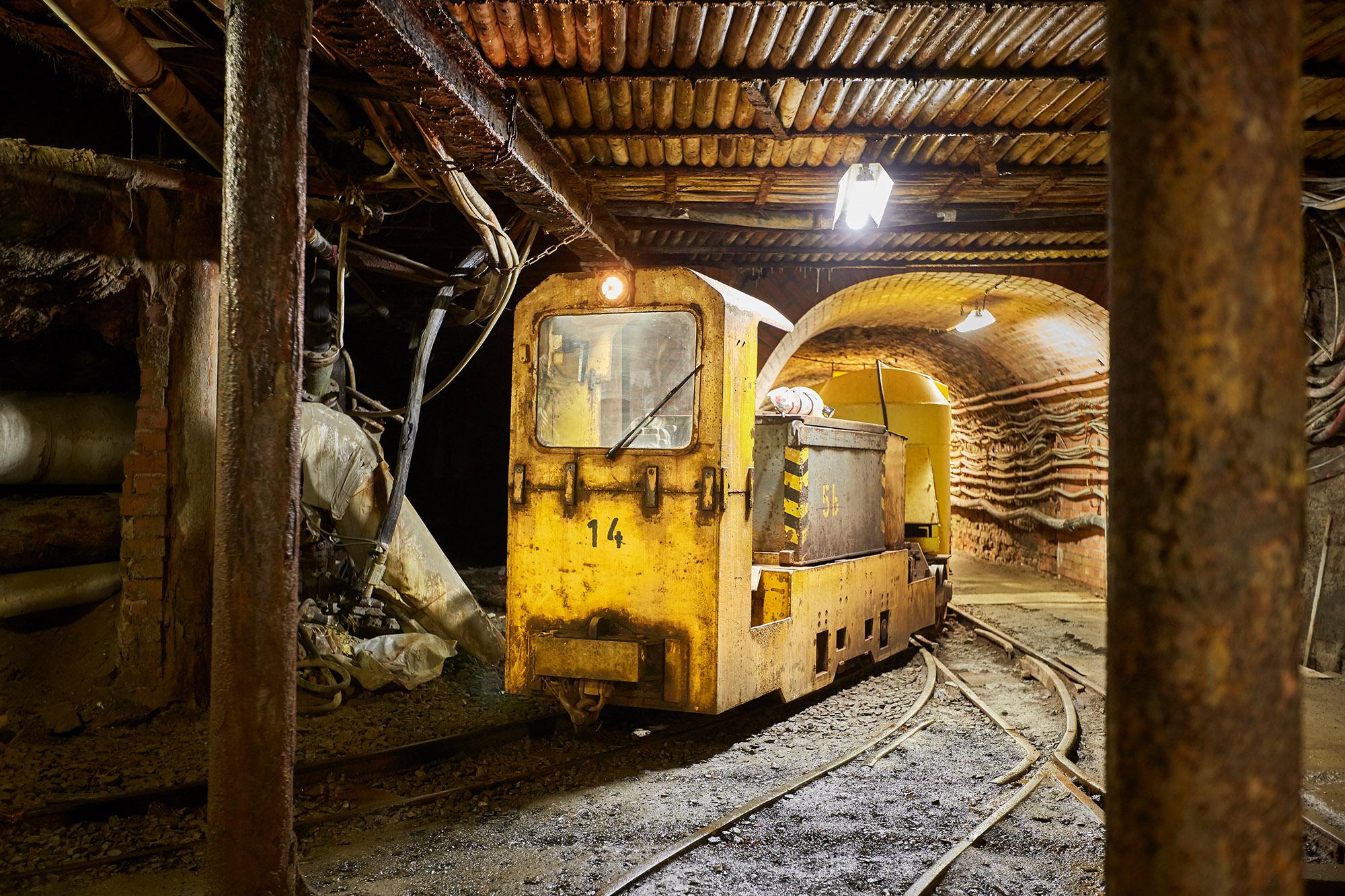
It takes about 3 hours.
12. Palaces and Parks of Potsdam, Germany
The fantastic Potsdam Castle is surrounded by a magnificent cultural landscape: the vast park, magnificent avenues and about 150 buildings from the 18th to the 20th century, making it a remarkable cultural treasure. Together with the memorial building in Berlin, it was included in UNESCO’s World Heritage List in 1990.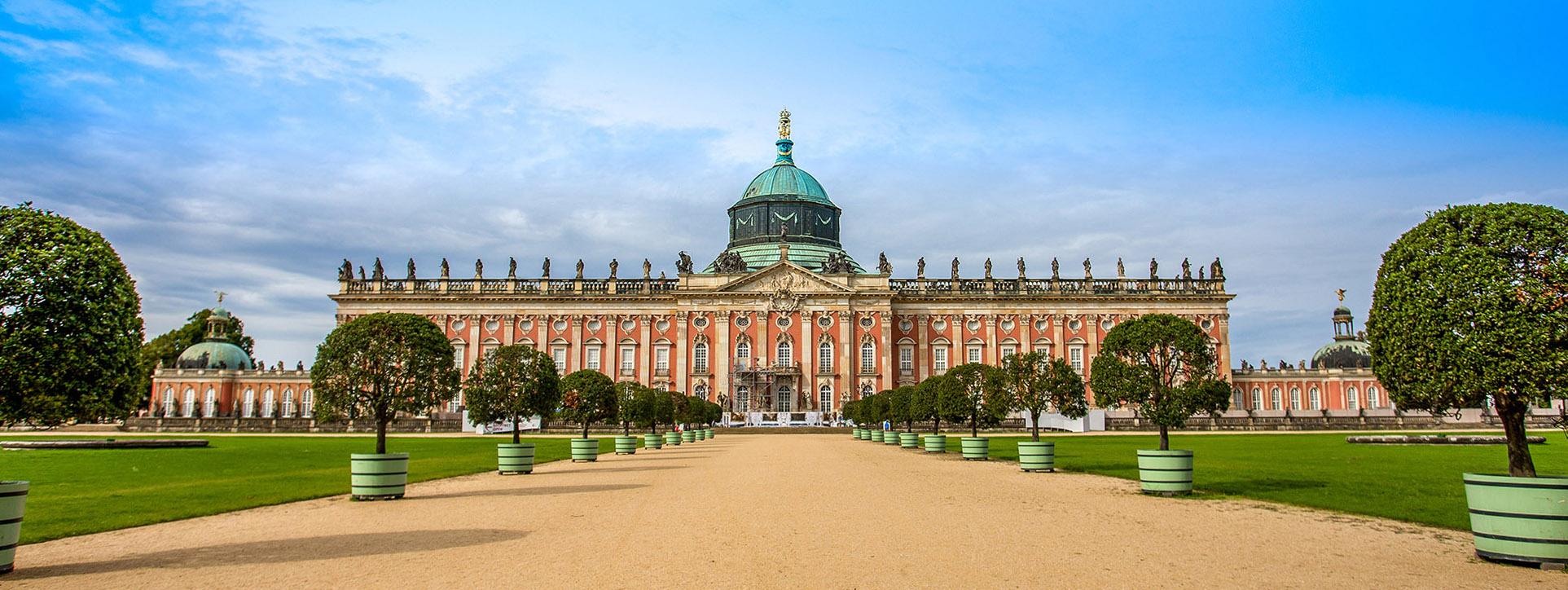
It takes about 38 minutes.
